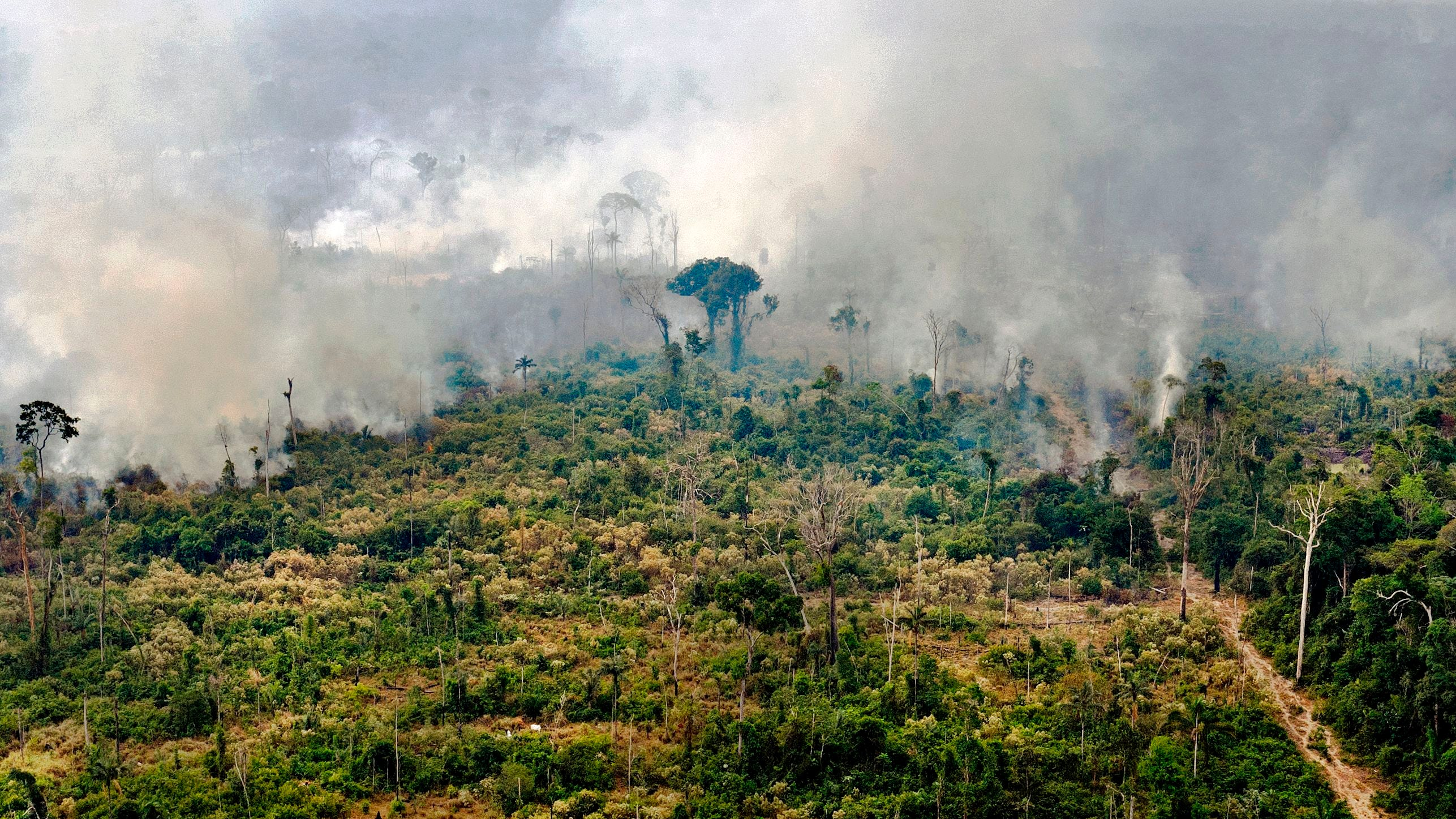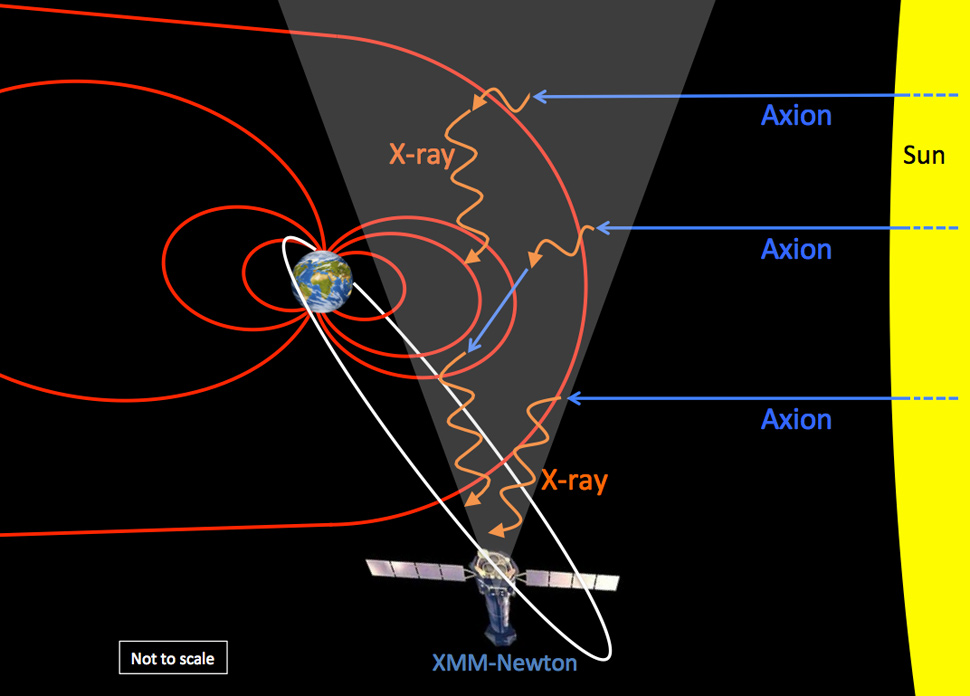Climate change tropical forests are at the forefront of research as scientists uncover the vital role these ecosystems play in our planet’s health. Utilizing cutting-edge technology such as NASA’s Global Ecosystem Dynamics Investigation (GEDI), researchers are assessing the effects of climate change on these lush environments like never before. This groundbreaking study highlights how variations in tropical forest canopy height serve as critical indicators of forest health and carbon storage capacity. With increasing pressure from climate-related factors such as heat and drought, understanding environmental drivers is essential for the future of our planet’s ‘lungs.’ As we delve deeper into the impacts on these vital habitats, the potential consequences of losing them could significantly alter global climate dynamics.
The intricate relationship between climate change and tropical forests, often referred to as the planet’s critical ecosystems, is a growing concern among environmental scientists and policymakers. These verdant landscapes not only sequester carbon but also act as biodiversity havens, integral to ecological stability. Using advanced tools like spaceborne LiDAR from NASA, researchers are able to measure tropical forest conditions, offering invaluable insights into the canopy structure and its implications for ecosystem productivity. By examining factors such as canopy height and forest health, scientists aim to illuminate how these regions respond to climatic shifts and environmental challenges. As we seek to understand the resilience of these forests, it’s clear that protecting them is paramount in our collective battle against climate change.
The Role of NASA GEDI in Measuring Forest Health
NASA’s Global Ecosystem Dynamics Investigation (GEDI) is transforming our understanding of forest health by providing precise measurements of forest canopy height, a crucial indicator of ecosystem productivity. Utilizing advanced LiDAR technology, GEDI offers comprehensive data about the vertical structure of forests, allowing scientists to assess how different environmental drivers affect tropical forests. With the ability to monitor vast areas from the International Space Station, GEDI enables researchers to analyze variations in forest health across diverse ecosystems, assuring accurate evaluations of forest cover and carbon storage.
By collecting data on canopy height and its correlation with climate conditions, GEDI emphasizes the significance of understanding these metrics in assessing forest vitality. The ability to capture the interplay of factors like temperature fluctuations, drought patterns, and solar radiation helps inform strategies aimed at conserving these crucial carbon sinks. In doing so, GEDI not only enhances our knowledge of how tropical forests function but also stresses the urgency of protecting them from the adverse impacts of climate change.
Climate Change Impacts on Tropical Forest Canopy Height
Climate change presents significant challenges for tropical forests, particularly in terms of canopy height, which is essential for determining forest vitality and carbon sequestration capabilities. The recent findings from the GEDI study indicate that prolonged dry seasons, driven by climate variability, are leading to noticeable reductions in canopy height, particularly in areas like the southern Amazon. As ecosystems struggle to adapt to changing environmental conditions, understanding these dynamics becomes vital for resource management and conservation efforts.
In addition to drought, other components of climate change, such as increased temperatures and changes in precipitation patterns, are affecting the growth and structural integrity of tropical forests. In humid regions like central Amazonia, elevation emerges as a significant factor influencing canopy height, while in drier areas, the length of the dry season becomes decisive. These findings illustrate the varying responses of forest systems to climate change, underscoring the importance of localized research to inform better conservation strategies.
Significantly, the health of tropical forests is not solely determined by their ability to withstand climate change but also by their contributions to global carbon storage. Research indicates that taller canopies typically correlate with greater carbon sequestration potential, making it imperative to monitor how forest dynamics evolve with climate trends.
The Importance of Canopy Height in Carbon Storage
Canopy height is a critical factor in assessing a forest’s capacity for carbon storage, which plays a vital role in mitigating climate change impacts. Taller canopies can contribute to greater above-ground biomass and better microclimate regulation, offering ecosystems resilience against extreme weather conditions. As highlighted by researchers using NASA’s GEDI data, understanding the relationship between canopy structure and forest health is crucial for evaluating potential carbon reserves, promoting the conservation of these vital ecosystems.
Furthermore, the potential for carbon removal varies substantially across tropical forest regions, largely determined by factors such as soil properties and climatic conditions. Accurate measurements of canopy height, provided by GEDI, enable scientists to delineate areas that are more effective at carbon storage and to identify others that may be at risk due to climate change. This knowledge is essential not only for enhancing our climate strategies but also for guiding policy makers in prioritizing conservation efforts where they are most needed.
Environmental Drivers Affecting Tropical Forests
The health of tropical forests is shaped by several environmental drivers, including climate, topography, and soil properties. Research utilizing data from NASA GEDI reveals that these factors contribute significantly to variations in canopy height, a fundamental measure of forest dynamics. For instance, elements such as elevation and dry season length emerge as significant determinants in regions like the southern Amazon, emphasizing how localized environmental conditions dictate forest resilience.
Additionally, the interplay of diverse factors in different geographic areas underscores the need for tailored conservation approaches. In more humid climates, for example, canopy growth may thrive despite climate stressors, provided the topographical elements remain favorable. Such insights allow researchers and conservationists to prioritize interventions that align with the specific conditions of each forest, ultimately leading to more effective management of these critical ecosystems.
Future Challenges for Tropical Forest Conservation
As climate change continues to reshape the landscape of tropical forests, several challenges persist that threaten their survival. Prolonged dry seasons, habitat destruction, and increased temperature fluctuations are just a few factors that jeopardize the integrity of these ecosystems. The findings from the GEDI study highlight the urgency of understanding how these environmental stresses interact with forest dynamics to shape their future, emphasizing the need for responsive conservation measures.
Moreover, as policymakers grapple with the realities of climate change, leveraging insights from studies on canopy height and forest health is essential for implementing effective strategies. By recognizing forests not only as biodiversity hotspots but also as critical carbon sinks, stakeholders can prioritize protections around areas most vulnerable to climate impacts, thereby safeguarding the ecological services they provide for future generations.
The Role of Tropical Forests in Biodiversity Preservation
Tropical forests are teeming with biodiversity, housing a significant proportion of Earth’s terrestrial species. This rich biological diversity is intricately linked to the structural complexities of forest canopies, which provide habitats for various wildlife. Research from NASA GEDI highlights the necessity of maintaining healthy canopy structures to preserve this biodiversity, especially as climate change poses profound risks to these ecosystems.
Understanding the intricate relationships between species and their habitats is crucial for developing sustainable conservation practices. As forest health declines due to external pressures, fewer species find refuge, leading to biodiversity loss that has ripple effects throughout the ecosystem. Thus, monitoring changes in canopy height and composition serves not only to assess forest health but to ensure the survival of countless species that rely on these environments.
Integrating Technology for Better Forest Management
The integration of advanced technology like NASA’s GEDI into forest management practices represents a significant leap forward in our ability to monitor and protect tropical forests. By utilizing laser-based LiDAR technology, researchers can obtain high-resolution data regarding canopy structure and biomass, which assists in making informed decisions about conservation strategies. This technological advancement allows for more precise assessments of forest health and resilience to climate change.
Utilizing remote sensing data enhances our understanding of how various environmental factors influence forests over large geographic scales. By combining satellite observations with ground-level monitoring, scientists can develop a more comprehensive picture of forest dynamics and provide policymakers with actionable insights. This collaborative effort between technology and ecological research is paramount in combating the threats facing tropical forests and ensuring they continue to function as vital carbon stores.
Global Implications of Tropical Forest Health
The health of tropical forests has far-reaching implications, not just for local ecosystems but for global climate stability. These forests act as significant carbon sinks, absorbing large quantities of greenhouse gases and playing a crucial role in global carbon cycles. The reduction in forest health due to climate change can adversely impact carbon storage capabilities, leading to increased atmospheric CO2 levels and exacerbating climate change.
As studies like those by NASA GEDI illuminate the pressing challenges facing these critical ecosystems, it becomes apparent that global collaboration is necessary to safeguard them. By investing in research and conservation efforts, countries can mitigate the adverse effects of climate change. Understanding and prioritizing tropical forest health ultimately serves as a proactive measure in maintaining ecological balance and promoting sustainability on a planetary scale.
The Future of Tropical Forest Research
Going forward, expanding research on tropical forests beyond primary forests opens new avenues for understanding forest dynamics in the face of climate change. This includes assessing secondary forests, reforestation sites, and urban forestry initiatives that may also influence canopy structure and ecosystem health. Scientists like Shaoqing Liu aim to broaden the lens of their studies to incorporate these diverse forest types, creating a more holistic understanding of global forest systems.
Such expansive research is crucial for informing conservation policy and practices, particularly in developing regions where tropical forests face the most significant threats. By integrating findings from varied forest types and conditions, researchers can influence policy decisions that directly protect these ecosystems. Ensuring the future viability of tropical forests is essential for sustaining biodiversity, maintaining carbon storage, and combating climate change.
Frequently Asked Questions
How does climate change impact tropical forest canopy height?
Climate change significantly affects tropical forest canopy height by altering environmental drivers such as temperature, drought, and solar radiation. A recent study utilizing NASA’s GEDI technology found that these factors account for nearly three-quarters of the variation in canopy height, which is a crucial indicator of forest health and productivity.
What role does NASA GEDI play in studying tropical forest health?
NASA GEDI, which employs laser technology from the International Space Station, plays a vital role in studying tropical forest health by measuring canopy height and providing insights into the vertical structure of forests. This data helps researchers understand how climate change and other environmental drivers impact carbon storage and overall forest ecosystems.
Why is forest canopy height important for carbon storage in tropical forests?
Forest canopy height is essential for carbon storage because taller canopies are linked to greater above-ground biomass and higher carbon sequestration potential. As tropical forests serve as major carbon sinks, understanding the factors that influence canopy height is crucial for assessing their ability to mitigate climate change.
What environmental drivers are influencing tropical forests according to the NASA GEDI study?
The NASA GEDI study identified several key environmental drivers influencing tropical forests, including climate variables, topography, soil properties, elevation, dry season length, and solar radiation. These factors collectively shape the health and structure of tropical forest canopies and their response to climate change.
What findings did the study reveal about the susceptibility of tropical forests to climate change?
The study revealed that tropical forests, particularly in areas like the southern Amazon, are increasingly susceptible to climate change due to prolonged dry seasons. This has significant implications for canopy height and forest health, emphasizing the need for proactive conservation measures.
How can understanding canopy height variation help in climate change policies?
Understanding canopy height variation is critical for climate change policies because it informs policymakers about which tropical forest regions are vulnerable to environmental changes. Protecting these areas is essential for ensuring biodiversity and maximizing carbon storage capabilities, thereby aiding in the fight against climate change.
What implications does climate change have for the future of global tropical forests?
Climate change poses serious implications for global tropical forests, including potential reductions in canopy height and carbon storage capacity. As environmental conditions continue to shift, understanding these impacts will be crucial for conservation efforts and sustainable forest management.
| Key Points | Details |
|---|---|
| Tropical Forests as Earth’s Lungs | Tropical forests are critical for carbon storage and play a major role in regulating the Earth’s climate. |
| Impact of Climate Change | The study reveals that tropical forests are vulnerable to climate change, with factors like heat and drought affecting their health. |
| NASA’s GEDI LiDAR Technology | The Global Ecosystem Dynamics Investigation (GEDI) uses LiDAR technology to study canopy height and assess forest health worldwide. |
| Significance of Canopy Height | Canopy height is linked to carbon storage and ecosystem productivity, with taller canopies indicating healthier forests. |
| Regional Variations | Different tropical regions, like the Amazon and Central Africa, exhibit varying responses to climate stressors, influenced by local conditions. |
| Future Research and Policy Implications | The study emphasizes the need for further research to protect vulnerable forest areas and inform climate change policies. |
Summary
Climate change tropical forests are facing unprecedented challenges due to the effects of climate variations like heat and drought. This study highlights the importance of monitoring tropical forests, which serve as vital carbon sinks and are critical for maintaining ecological balance. Understanding the environmental factors affecting these forests is essential to devise effective conservation strategies and policies aimed at mitigating climate change. The findings stress the urgent need to protect these ecosystems to ensure their health and, consequently, the health of our planet.








